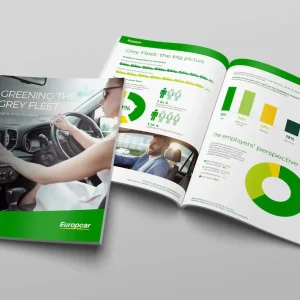According to a white paper released by Jato Dynamics, the new CO2 figures, which are expected to rise under the new test, could theoretically come into force as soon as September 2018. By this date, all vehicles that are currently in the marketplace will have to be compliant with the new procedure. However, the company is predicting European countries will adopt the new testing procedure from January 2019, once the automotive industry has established a correlation between the old testing cycle – known as the New European Driving Cycle (NEDC) – and the new regime, which started this month.
The WLTP will still be conducted in laboratory conditions, like the previous NEDC test, but will incorporate higher speeds, stricter measurements and more representative driving behaviour. It will also take into account vehicle mass, optional equipment, tyre rolling-resistance and aerodynamics. As a result, official CO2 figures are expected to rise and fuel economy to be closer to what people achieve in the real world.
Early indications show some significant rises in CO2 emissions, too. The BMW X5 xDrive30d SE, for example, is given a
27g/km rise under the new test and a theoretical four BIK-band increase.
Currently, taxation is based on the CO2 figures generated from the NEDC test. Despite the company predicting a changeover to using WLTP figures in 2019, Alessandro Paolucci, head of service innovation for Jato Dynamics in Europe, tells BusinessCar there is a recommendation from the EU that customers affected will not need to pay more in BIK to make up the difference, at least in the short term.
This view is backed by HM Treasury, with a spokeswoman saying that a move to the WLTP standard will not result in drivers paying additional tax on cars they currently drive.
“We are working closely with the industry to consider the implications of any change and the timetable for delivery,” she tells BusinessCar.
But Phil Jerome, managing director of medium-term rental company Meridian Vehicle Solutions, claims it will be “difficult for HMRC to resist” the switchover as a way of raising company car tax levels. “I am pretty sure that we will see fleets and their drivers paying more tax in the years to come,” he says.
Benefit-in-kind rates are locked in until the 2019/2020 financial year; however, there has been little communication about what the rates will look like for company cars after this date. There is a strong feeling in the industry that it may see a significant overhaul at this point.
Fleet experts have criticised the government’s lack of communication on the upcoming changes.
“We know too little about the government’s plans at present to be able to advise fleets
to prepare in any particular way,” says Colin Tourick, professor of automotive management at the University of Buckingham
Business School.
“I think the most logical approach would be for the government to base BIK on NEDC until 2020, and WLTP for new cars from 2020, and to have a grandfathering provision, so that people choosing a particular car today will know how much BIK tax they will pay before they hand the car back.”
ACFO chairman John Pryor adds that there isn’t much the body can do until timelines are announced, other than make fleet managers aware of the upcoming regulation shift. “There is little that fleet decision-makers can do in the way of preparation and planning until we receive notice from HMRC as to when they will adopt WLTP for tax purposes,” he says.
TMC managing director and ICFM chairman Paul Hollick called on the government to ensure the changes are “well-signalled” and for there to be a
smooth transition.





